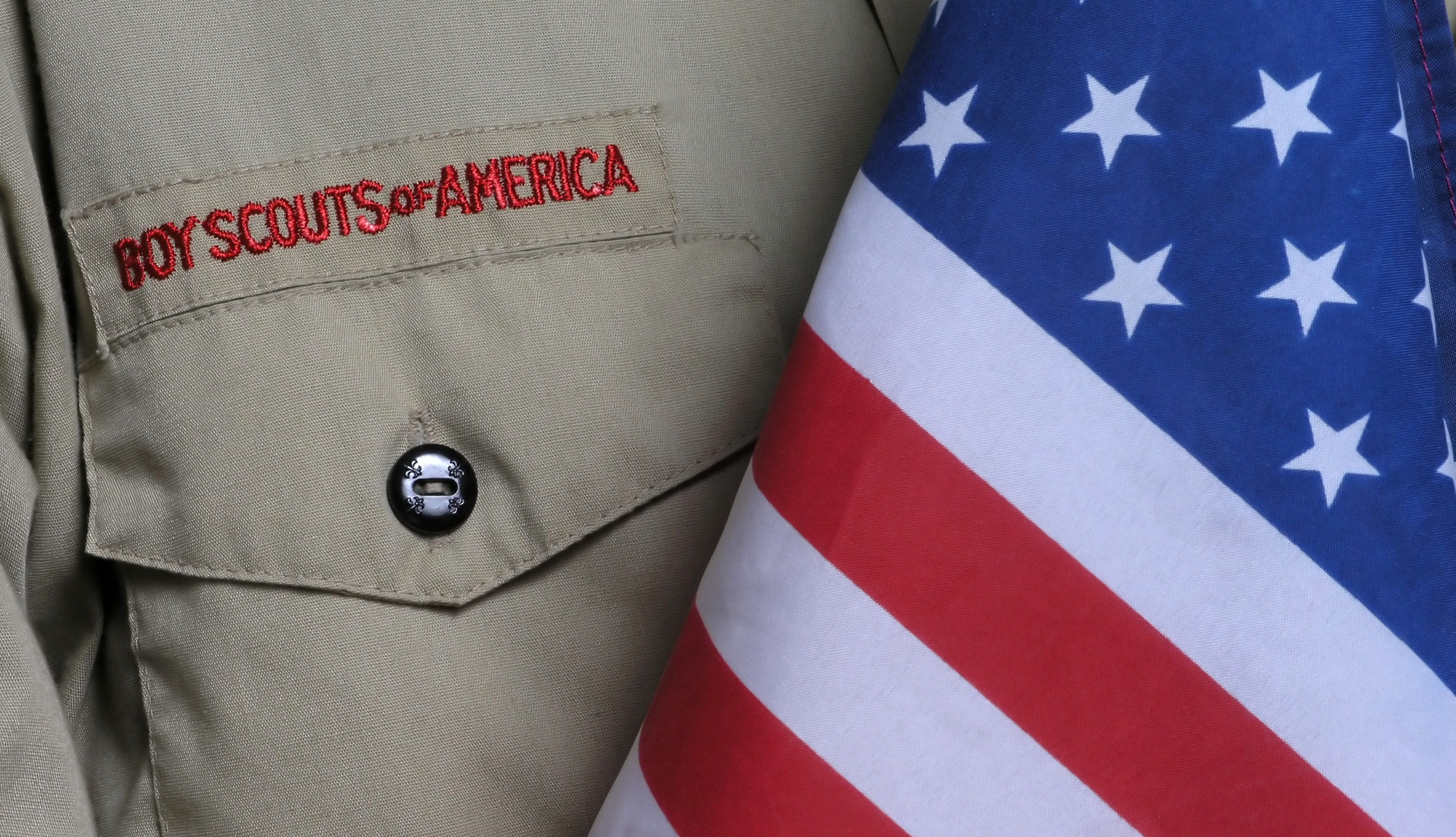
Prior to 1994, there was knowledge of at least 2,000 instances of sexual abuse within the Boy Scouts of America. Most of the allegations were kept under wraps until 2010 in the Boy Scouts “perversion files lawsuit,” when the Oregon Supreme Court ordered the release of more than 14,500 pages of secret internal documents that would expose child sex abuse dating back to at least 1965, though unreleased documents are said to stretch back to the 1920s. The files illuminated a number of cases where abusers continued to have access to children through the organization.
If you are a former Boy Scouts member who has been abused, you may be wondering whether your scout leader’s name shows up in one of these perversion files. To what extent can the organization’s knowledge of the perpetrator’s past be proven? Here’s everything you need to know to file a civil lawsuit against the Boy Scouts in California.
What Are the Perversion Files, and How Do I Know If An Abuser Is On The List?
You may be wondering how you can win in an old case where it’s your word against theirs. Many of these cases now rely upon evidence compiled in the perversion files—or, as it’s more eloquently labeled, “the ineligible volunteer list.” The internal files were intended to keep suspected molesters from serving in the scout leadership, and were kept secret to protect the rights of victims and the wrongfully accused. However, the massive trove of files show that the Scouts often failed to report abuse to authorities and repeatedly covered up evidence to protect their reputation.
After the 2010 court case, the perversion files were posted publicly online, allowing victims to search their abusers’ names to see what information exists from 1965-1985. If your abuse falls outside this window, you will need to work with a lawyer to petition another release of documents pertinent to your case.
It might also be relevant to search public records on the perpetrator. According to University of Virginia Psychiatry Professor Janet Warren, over 60% of the “perversion files” include some type of easily accessible public information. “These public domain sources included newspaper articles, police reports, criminal justice records, and records of civil litigation,” she told CNN, adding: “The majority of men in the files were arrested at some point in their lives for a sex crime.” Thanks to Megan’s Law, you can check public records related to California sex offenders here.
Determining Whether to Press Charges or File a Civil Suit Against Boy Scouts
Thankfully, California is one of the most progressive states in protecting a childhood sexual abuse survivor’s right to sue. Section 340 of the Civil Code gives California plaintiffs up to age 26 or within three years of the discovery of harm to sue for offenses committed before January 1, 2015, but many exemptions exist, so it’s best to seek legal advice before automatically assuming your deadline to file has passed.
Once you know that you can take legal action, one of the first decisions you’ll have to make is whether to press criminal charges and/or file a civil suit against the BSA for the harm you have suffered. It is more difficult to obtain a verdict in criminal proceedings where verdicts must be unanimous and determined beyond a reasonable doubt, but it could put a serial offender behind bars. It’s worth noting that there is a less demanding standard in civil cases, where judgments are rendered based on a “preponderance of the evidence” that generally favors the plaintiffs.
If the State District Attorney decides to prosecute a defendant on your behalf, civil court proceedings may be “stayed” (put on pause) until the criminal case has concluded. If the criminal culpability is established, the civil case may have lower costs for discovery.
Liability in a Civil Suit Against BSA Organization & Management
In sexual abuse cases involving serial-abuse within organizations, the perpetrators are often not solely relied upon to pay for damages. Attorneys typically seek to name institutions that aid and abet child molesters as defendants as well. The entire Boy Scouts of America organization has a legal “duty of care” to take reasonable measures to keep the children entrusted to their care safe from harm.
Camps and troops can be found directly liable for sexual abuse when it is determined they were negligent in screening, selecting, training, supervising, or retaining staff members and in taking “reasonable measures” to protect campers. Direct liability can be established when it is discovered that perpetrators were already listed in the perversion files at the time of the offense.
For example, in one 2010 verdict, the jury found the Boy Scouts of America 60 percent negligent, the Church of Jesus Christ of Latter Day Saints (who sponsored that particular Boy Scout troop) 25 percent negligent, and the Cascade Pacific Council (which oversees scouting activities in the region) 15 percent negligent.
Compensation in Boy Scout Sex Abuse Cases
Both the perpetrator and the organization may be sued individually to recover compensation. As a survivor of sexual abuse at the hands of a Boy Scout leader, you may be entitled to compensation to cover:
- Medical bills—covering past and present expenses for physical harm
- Therapy bills—covering past, present, and future expenses for psychological trauma
- Punitive damages—considered punishment for the defendant
To date, the $18.5 million outcome of Lewis vs. Boy Scouts of America (2010) represents one of the largest punitive damage award in a sexual molestation case in U.S. history. In another lawsuit, in Waterbury, Connecticut, $7 million were awarded in compensatory damages for sexual molestation and assault committed by a Boy Scout leader in the mid-70s. The jury found the Boy Scouts of America liable for $4 million in negligence and $3 million for negligent infliction of emotional distress.
The exact amount of compensation you receive will depend upon the facts and circumstances of the case. No verdict can be guaranteed, but thus far, many outcomes have favored the plaintiffs, with large settlements and jury awards. According to Slate in 2009, the Boy Scouts had set aside $65 million and carry additional insurance in order to pay for the harm their negligence has caused.
More Than 50 “Ineligible Volunteers” Were Provided Access to Children
The Boy Scouts of America organization has been a defendant in at least 200 lawsuits since 2008. In the past, the BSA has fought hard to keep the perversion files sealed. They’ve settled cases outside of court to prevent damning documents from coming to light, and hired lobbyists to fight expanded “lookback windows” that would allow adult survivors to take legal action. But in recent years, the group has taken steps to protect children—including screening adult leaders, requiring mandatory training and abuse reporting, and providing counseling services to former scouts who were molested.
The BSA claims these “red files” originated to prevent known abusers from gaining access to children, but we see that, in many instances, such efforts failed. The LA Times found at least 50 instances where known pedophiles on the ineligible volunteer list were permitted to rejoin the Boy Scouts after being blacklisted. If cases of abuse such as these are part of your childhood, know that there are laws in place to protect you, even when others have not.
The California attorneys at Lewis & Llewellyn are not intimidated by large organizations such as the BSA. Our passionate and experienced trial attorneys have represented both adult and child victims of sexual abuse across the nation, which is why a leading legal publication, The Daily Journal, recently described our firm “a giant slayer.”
Recognized for our track record of multi-million-dollar settlements and awards, our passion lies in holding the worst type of predators accountable for their wrongs and helping survivors find a measure of dignity in the aftermath of trauma. Contact us or call +1 (415) 800-0590 for a free, confidential, no-obligation case review.
DISCLAIMER: The information in this blog is provided for general informational purposes only, and may not reflect the current law in your jurisdiction. No information contained in this blog or on this website should be construed as legal advice from Lewis & Llewellyn LLP. Neither your receipt of information from this website, nor your use of this website to contact Lewis & Llewellyn LLP creates an attorney-client relationship between you and the firm or any of its lawyers. No reader of this website should act or refrain from acting on the basis of any information included in, or accessible through, this website without seeking the appropriate legal advice on the particular facts and circumstances at issue from a lawyer licensed in the recipient’s jurisdiction.


